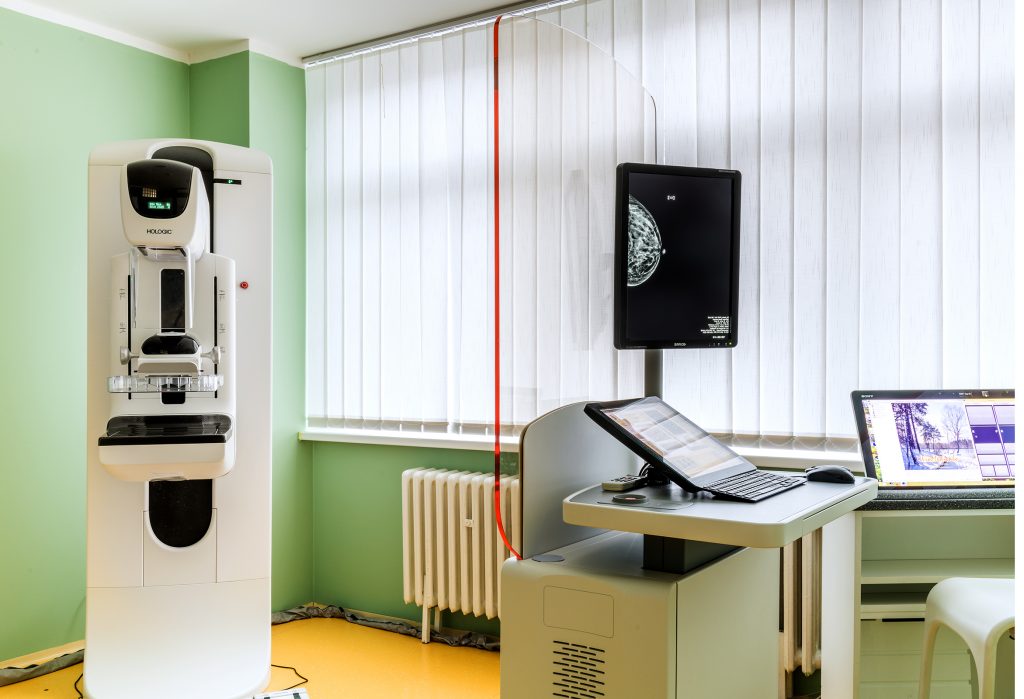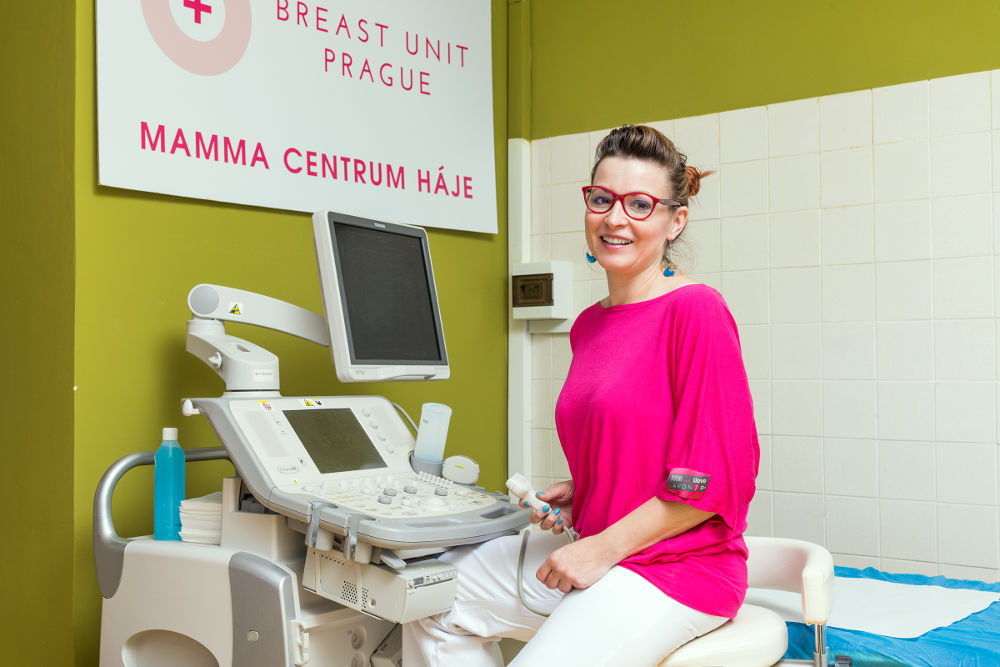For many years, October has been the month of the fight against breast cancer in the Czech Republic. It is not just for nothing. As in the rest of Europe, the number of women newly diagnosed with breast cancer in the Czech Republic increases every year. The increasing trends are the same as in other European countries. And what does this mean specifically? Every year, several thousand women fall ill in the Czech Republic; in 2016, the number was 7,300. We can look at these numbers in another way. In our country, one in eight to one in ten women will get sickat any time during your life. The disease can appear before the age of 30 and the risk increases steadily from then on.

The month of October is here to reach women as much correct information as possible. The fight against breast cancer is not yet about how to eradicate breast cancer, but how to fight it. First and foremost, women need to learn that since regular mammography screening from the age of 45 to the end of life has been introduced in the Czech Republic, mortality has fallen by 30 %. In other words: 30 % more women recover and survive. That is a significant number. Specifically, behind that number, since 2003, there have been more than 37 000 women who have returned to a full life thanks to early diagnosis. Most of them recover completely, or the treatment gives them substantial extra years of life.
To effectively fight such an insidious enemy as cancer, one must have good tactics. In fact, special recommendations apply to pre-menopausal women who are still menstruating or even having children. A completely different approach to prevention must be taken by middle-aged and older, post-menopausal women.
For breast cancer screening. 62 % of women came, which translated into a 30 % decrease in breast cancer mortality.

Young women, unlike older women, have such a dense mammary gland structure that a mammogram is not suitable for preventive screening. In this case, ultrasound (sonography, sonogram) is better suited. However, if we examine with ultrasound instead of mammography in older women, small tumours may be missed. In this case, we are at the limits of the device itself. This is especially true of microcalcifications, which are not aggressive as a rule. However, we mainly look for microcalcifications in postmenopausal women.
An essential part of prevention for young women is self-examination. Despite significant advances in medicine, regular self-examination has not lost its importance. If a young woman combines self-examination and ultrasound examination at least once every 2-3 years as a self-paying woman, there's nothing better he can do for himself.
The mammary gland undergoes the same changes with age as other parts of the body, especially loss of elasticity or flaccidity. That's why we're starting to use mammographywhich can show details even after the breast structure has changed. As we get older, we also look for microcalcifications and non-palpable lesions, where mammography is unsurpassed. If a malignant tumour is found at the minimal non-palpable stage or at the stage of microcalcifications, the woman usually recovers completely. All women in the Czech Republic are entitled to regular mammography from the age of 45, In addition, the Czech screening programme is the only one in the world without an upper age limit.
Sometimes mammography does not provide the ideal amount of information. This is in women whose the remodelling of the mammary gland proceeds more slowly. Since the structure of the breast is still somewhere between the young and the older form, both methods are used. After mammography, which is always the priority, ultrasound is added. However, it should be stressed that ultrasound alone would yield little information, whereas in combination with a mammogram they cannot be overcome.
The screening centres are staffed by radiologists - mammologists who are specialised in breast imaging. The centre system is particularly effective in reducing the number of women dying. It is therefore hard to understand that more than a third of women still do not find their way to preventive screening centres. In the Czech Republic, there are surprisingly large differences in women's access to health. In the Vysočina region, 77 % women have regular mammography every two years. In contrast, only 57 % women in Prague and its surroundings attend. That is, only one in two, while in Vysočina three out of four women know that mammography really helps them. This trend has been going on in the capital for years and it is impossible to get to the bottom of it. The attendance rate in Prague and its surroundings is even lower than the national average of 62 %.
We can only hope that this year's pink month of October will spread important information about quality prevention to women who thought they were not affected by breast cancer. In October, they will learn, among other things, that most women with the disease come from families where breast cancer has never occurred.

